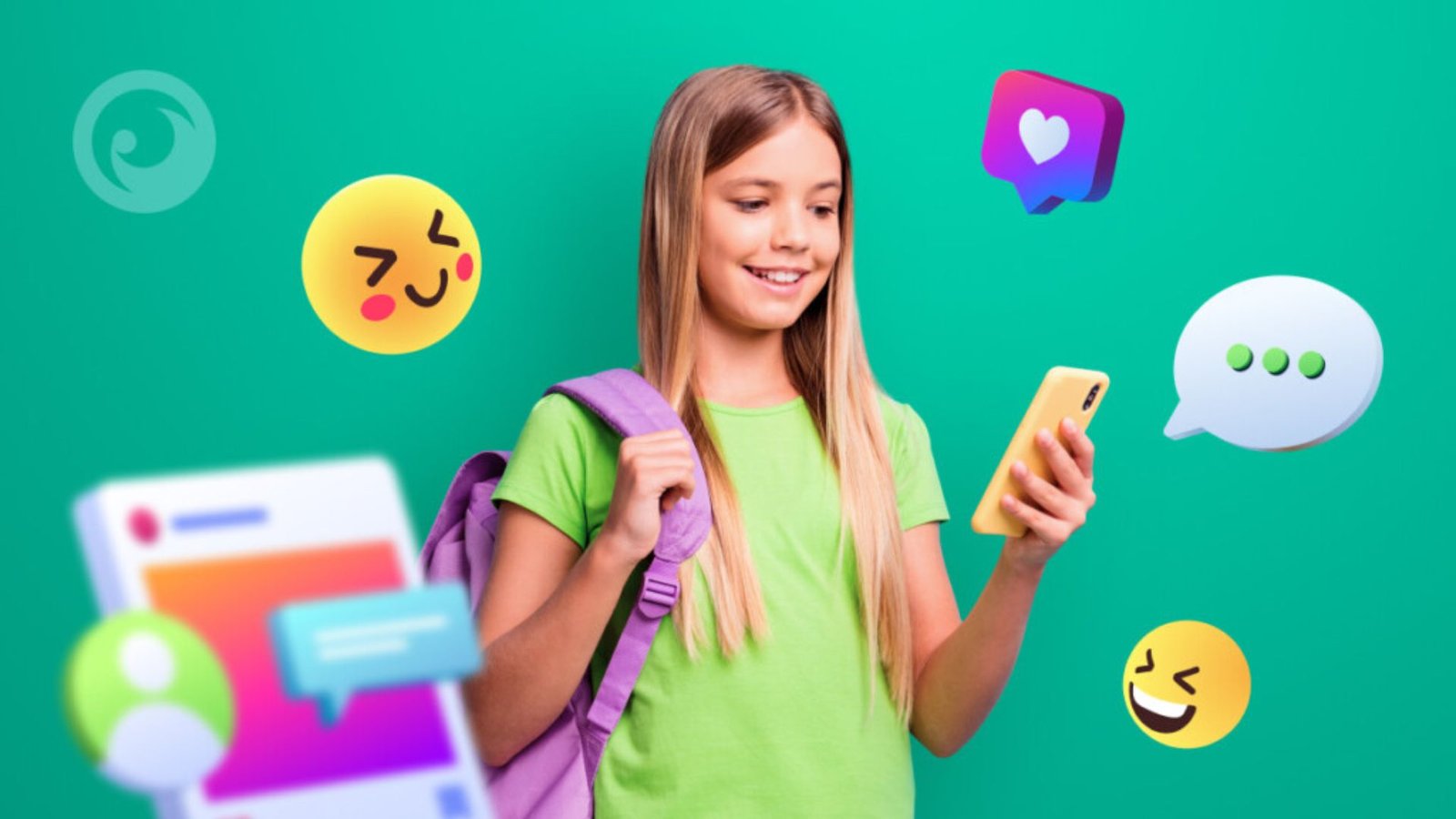Are you looking for effective ways to monitor your child’s learning journey? Using apps to track children’s progress can provide valuable insights into their development. These tools make it easier for parents to stay informed about their child’s achievements and areas that need improvement. In this article, we’ll share practical tips on how to effectively use apps to track children’s progress.
Why Use Apps to Track Children’s Progress?
Using apps to track children’s progress has several benefits. First, they offer real-time updates on your child’s performance. This helps you understand how they are doing academically and emotionally. Second, many of these apps allow for customization, so you can tailor the experience to fit your child’s unique needs. Lastly, they provide a convenient way to keep all information in one place.

1. Choose the Right App
When selecting apps to track children’s progress, consider the following:
- User-Friendly Interface: Look for apps that are easy to navigate. A simple design can make it easier for both you and your child.
- Features: Different apps offer various features like progress reports, goal setting, and reminders. Choose an app that meets your specific needs.
- Reviews and Ratings: Check user reviews to see how effective the app is for other parents. This can give you a good idea of its reliability.
By choosing the right app, you set a solid foundation for tracking your child’s progress effectively.
2. Set Clear Goals
Once you’ve chosen an app, the next step is to set clear goals for your child. These goals should be specific, measurable, and achievable.
- Specific: Define what skills or subjects you want to focus on.
- Measurable: Use app features to track progress over time.
- Achievable: Set realistic expectations based on your child’s current level.
Setting clear goals gives both you and your child something to strive for, making it easier to track progress.
3. Regularly Review Progress
Consistency is key when using apps to track children’s progress. Make it a habit to regularly check in on their achievements.
- Weekly Check-Ins: Set aside time each week to review the app together. Discuss what your child has accomplished and where they can improve.
- Celebrate Achievements: Acknowledge even small victories. Celebrating progress can motivate your child to keep going.
By regularly reviewing progress, you can stay engaged and support your child in their learning journey.
4. Use the Data Effectively
Many apps provide detailed analytics on your child’s performance. Understanding this data is crucial for tracking progress effectively.
- Identify Trends: Look for patterns in their performance. Are there subjects where they excel or struggle?
- Adjust Goals as Needed: If you notice your child consistently struggles in a specific area, consider adjusting your goals or strategies.
Using data to inform your decisions will help you make more effective plans for your child’s learning.
5. Involve Your Child
Involving your child in the process can enhance their learning experience.
- Encourage Ownership: Let your child explore the app and understand their progress. This can make them feel more invested in their learning.
- Discuss Findings Together: Use the app to facilitate discussions about what they are learning. This will help them process information better.
By involving your child, you empower them to take charge of their learning journey.
6. Communicate with Teachers
Apps to track children’s progress can be even more effective when used alongside teacher feedback.
- Share Insights: Discuss what you’ve noticed in the app with your child’s teacher. They may provide additional context or suggestions.
- Stay Informed: Teachers can offer insights into classroom performance, helping you understand any discrepancies between home and school.
This collaboration can provide a more comprehensive view of your child’s progress.
Conclusion
Using apps to track children’s progress is an excellent way to stay informed and involved in your child’s learning. By choosing the right app, setting clear goals, regularly reviewing progress, using data effectively, involving your child, and communicating with teachers, you can create a supportive learning environment. Embrace the technology available to you, and watch your child thrive!

